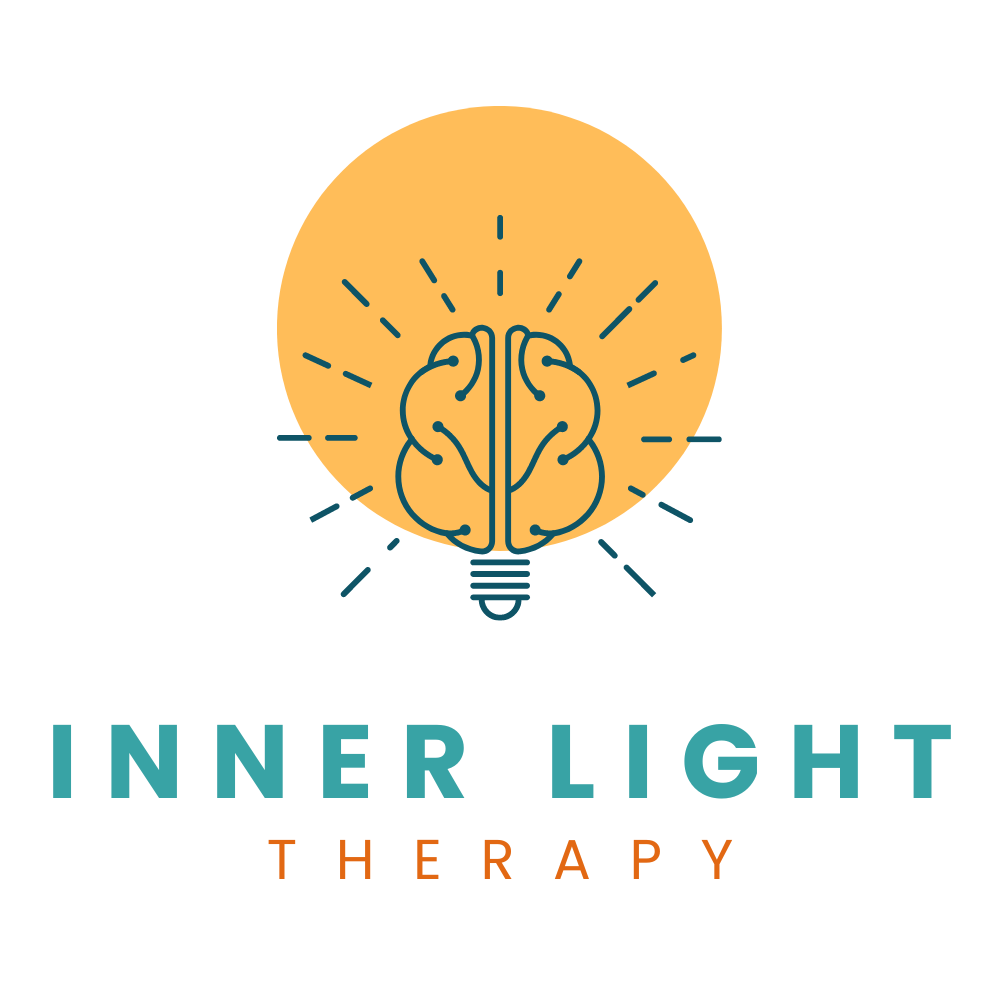All about EMDR
What is EMDR?
Eye-Movement Desensitization and Reprocessing (EMDR) is an evidence-based therapy model focused on alleviating distressing symptoms stemming from traumatic memories or experiences.
EMDR treatment is used for anxiety, depression, PTSD, grief, pain, phobias, relationship/family issues, etc.
EMDR therapy views the majority of emotional, psychological, and behavioral problems as being related to stuck (unprocessed) memories. It addresses what happens inside of us in response to traumatic and/or emotionally disturbing events, and can help re-file those experiences into a healthier place in our brains. It does this by utilizing the 8 phases and a bilateral stimulation that targets both the left and right hemispheres of the brain to help the individual reprocess “stuck” and/or traumatic memories.
EMDR gets to the core of where our belief systems and mental health symptoms begin to form.
For more information, visit emdria.org. If you’re interested in starting EMDR therapy, please schedule a consultation or session with me today.
What is S.A.F.E. EMDR?
Somatic and Attachment Focused Eye Movement Desensitization and Reprocessing therapy (S.A.F.E EMDR ) is a type of EMDR therapy which also addresses any trauma, anxiety, and other mental health symptoms that are stored in our bodies and possibly stuck there. S.A.F.E EMDR is a more in-depth form of therapy compared to talk therapy.
Trauma and emotionally disturbing events can affect an individual’s ability to regulate their nervous system and to connect with others. The S.A.F.E approach addresses attachment and our ability to self-regulate, allowing the EMDR process to be even more effective.
S.A.F.E EMDR incorporates somatic therapies, mindfulness practices, and attachment theory. It facilitates a safe and connected environment, which is critical for effective EMDR therapy.
Before EMDR
When we experience an intense emotional disturbing event or incident that is too overwhelming for our brains to make sense of, the information can get stuck and forms a dysfunctional memory network that may have associated feelings, sensations, sounds, smells, and beliefs about ourselves.
When experiences are stuck in our brains they have not been fully processed, “They carry an emotional sting or can cause us pain because we draw on our memory networks to make sense of the world. We remain forever vulnerable to being triggered by any present events where there is enough similarity … This may cause us disturbance, pull us into the past, or leave us open to being reactive,” (Comninos, 2024).
Dysfunctional memory networks often relate to one or more negative self-beliefs we have about ourselves such as, “I am bad”, “I’m not good enough”, “I’m unlovable”, “I am not safe”, “It’s my fault” – and other negative cognitions that typically center around themes of guilt, shame, vulnerability, control, or belonging.
Our brain holds unprocessed memories that create threats to our limbic system, raw and unresolved feelings, negative self-beliefs, and negative self-talk.
After EMDR
We are free to choose to recall a painful event and doing so does not emotionally disrupt our life or disturb us to the extent it did previously,” (Comninos, 2024).
“We feel resolved about a previously negative situation (“It happened, it is in the past, I am SAFE now”), and the memory of it does not affect our view of ourselves,” (Comninos, 2024).
“Things that used to trigger us no longer do – we become free and have the ability to choose how we want to respond,” (Comninos, 2024).
We can connect with a more positive view of self such as “I am lovable”, “I did the best that I could”, “I am safe”, and other positive cognitions.
We develop an adaptive lens, which all new events are viewed through. Our new healed perspective and outlook allow us to have a healthier life.
Our brain’s cerebral cortex is able to form flexible perspectives, we feel resolved and calm, have an adaptive self-belief, and freedom to choose a response instead of being reactive.
Reference: Comninos, Andreas. Mindfulness & Clinical Psychology Solutions, edited by Andreas Comninos, 2024


